6 Blending Tools for Colored Pencils You Need

Blending colored pencils is a vital technique for artists to create smooth transitions, depth, and dimension in their artwork.
The right blending tools can make all the difference in achieving the desired effects.
In this article, we'll explore six essential blending tools that can elevate your colored pencil blending game.
Disclaimer: In the name of full transparency, please be aware that this blog post contains affiliate links and any purchases made through such links will result in a small commission for me (at no extra cost for you).
What Tools Can You Use to Blend Colored Pencils?
- Colorless Blender Pencils
- Solvents
- Colorless Blender Markers
- Cotton Swabs
- Blending Stumps
- Powder Blender
1. Colorless Blender Pencils

Colorless blender pencils are a bit like magic wands in the world of colored pencil art. These unique tools look and feel like regular colored pencils, but they're completely free of pigment. Instead, they're made with a binder and a wax or oil base, designed to interact with the pigments in your colored pencils.
When you apply a colorless blender pencil to your artwork, it softens and spreads the colored pencil pigments on the paper. This creates a smooth transition between colors, perfect for gradients or simply refining your work.
But don't be fooled - these blending tools aren't one-trick ponies. They can also be used to burnish, which means you can apply them with more pressure to create a polished, shiny effect on your colored pencil layers.
My two favorite colorless blender pencils are the Caran d'Ache Colorless Blender and the Derwent Blender Pencil.
2. Solvents

Solvents are another fantastic tool in the realm of colored pencil blending. They work their magic by breaking down the binder in colored pencils, allowing the pigments to blend together more easily. This results in smoother transitions and an almost paint-like effect, which can bring your artwork to life.
One of my favorite solvents is Gamblin Gamsol, a top-quality odorless mineral spirit that's perfect for blending colored pencils.
To use solvents like Gamblin Gamsol, simply apply a small amount onto a brush or cotton swab, then gently brush it over the colored pencil area you wish to blend. Make sure to work in a well-ventilated space, as solvents can sometimes emit fumes. Also, remember to start with a small amount, as a little goes a long way!
If you'd like to know more about how to use solvents to blend colored pencils, check out this article.
For more information on the best solvents for blending colored pencils, check out my top 10 list of the best solvents. This comprehensive guide will help you find the perfect solvent to suit your blending needs and artistic preferences.
3. Colorless Blender Markers

Colorless blender markers are yet another valuable tool for achieving seamless blending in your colored pencil art. Much like colorless blender pencils, these markers are free of pigment and are perfect for manipulating the colored pencil pigments on your paper.
One of the best colorless blender markers out there is the Winsor & Newton Promarker Brush Colorless Blender.
To use a colorless blender marker like the Winsor & Newton Promarker Brush, apply it directly to the area you want to blend, using a gentle touch. You can experiment with different strokes and techniques to achieve the desired effect. Keep in mind that colorless blender markers work best on heavier or thicker paper, as the alcohol-based ink can bleed through thinner paper.
4. Cotton Swabs / Q-tips
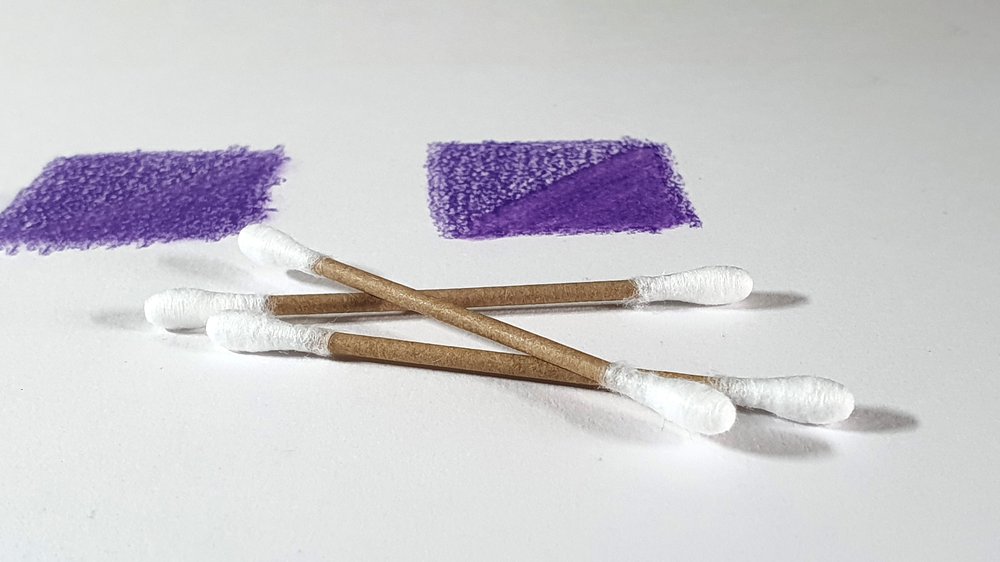
Cotton swabs, also known as Q-tips, are not only a staple in your bathroom cabinet but also a versatile and affordable blending tool for colored pencil art. Their soft cotton tips make them perfect for both dry blending and applying solvents to achieve smooth transitions and stunning effects in your artwork.
Here's why cotton swabs deserve a spot in your art toolkit:
Dry Blending: Cotton swabs can be used for dry blending by gently rubbing the colored pencil pigments on the paper. This softens the colors and helps create a smoother transition between different shades. With their small, precise tips, cotton swabs are great for blending intricate details or small areas in your artwork.
Applying Solvents: In my experience, cotton swabs are also excellent for applying solvents to blend colored pencils. Dip the cotton swab into your chosen solvent, such as Gamblin Gamsol, and gently brush it over the area you want to blend. The solvent will break down the colored pencil binder, allowing the pigments to blend more easily and create a paint-like effect. Cotton swabs offer precision and control, making it simple to apply the solvent exactly where you need it.
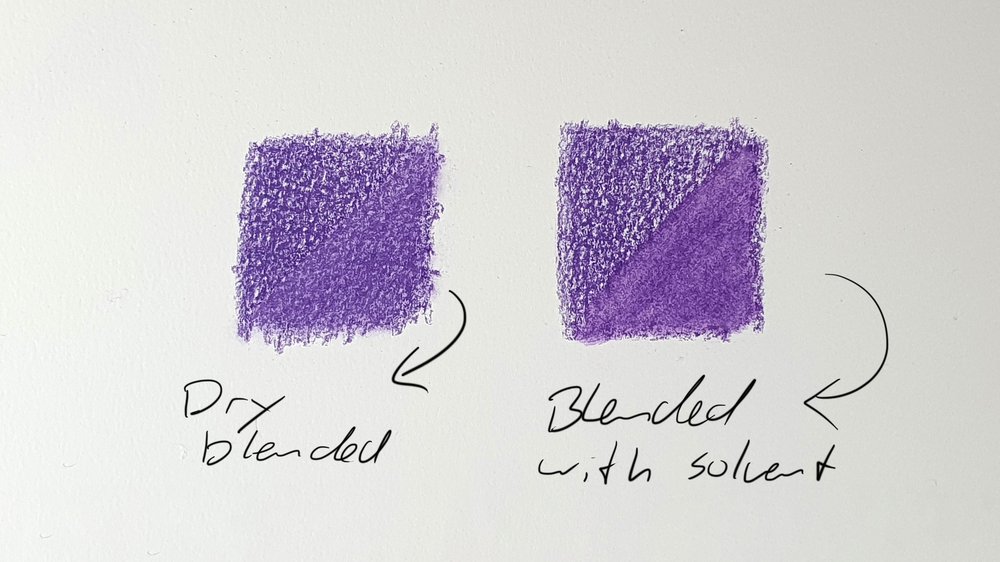
5. Blending Stumps
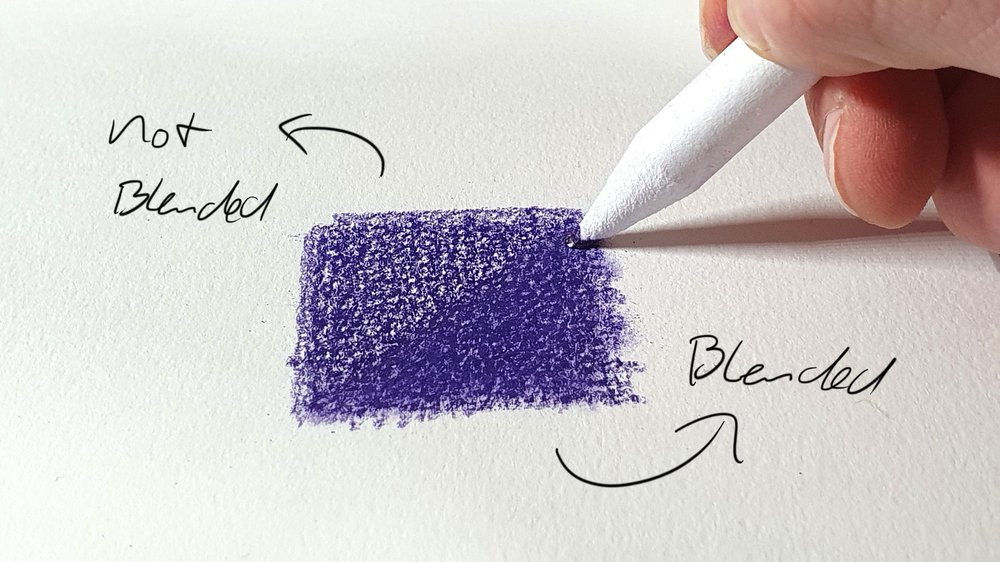
Blending stumps are essential tools for artists who want to achieve seamless dry blending in their colored pencil work. Made from tightly rolled paper, these cylindrical tools have pointed tips that make it easy to blend with precision and control.
Blending stumps are excellent at dry blending, helping you create smooth transitions between colors without the need for solvents.
Gently rub the tip of the blending stump over the colored pencil pigments, and watch as the colors soften and blend together.
The pointed tip allows you to work on small details or blend in tight spaces, giving you the flexibility to create stunning effects in your artwork.
When the tip becomes saturated with pigment, simply use sandpaper or a dedicated stump sander to clean and reshape it, and it's ready to use again.
6. Powder Blender
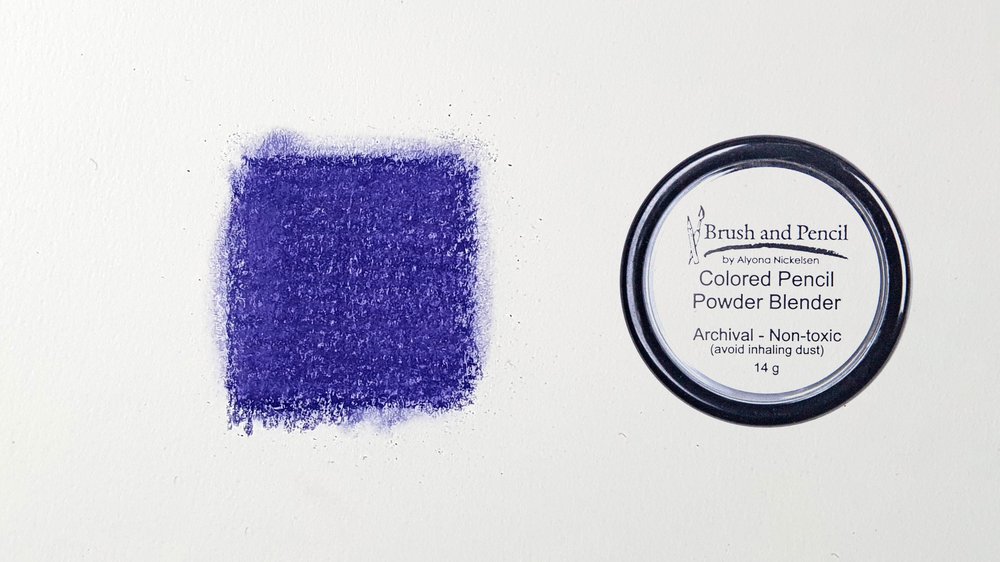
Powder blender is an innovative product that has opened up new possibilities for colored pencil artists, allowing them to blend colors in ways that were previously unattainable.
This fine, dry powder is specially formulated to blend colored pencil pigments smoothly and effortlessly, creating stunning, paint-like effects in your artwork.
To use a powder blender, apply a small amount to a soft brush or sponge applicator and gently rub it over the colored pencil pigments on your paper.
The powder works by reducing friction between the colored pencil layers, allowing them to blend together seamlessly. This creates smooth transitions and rich, vibrant colors that were once difficult to achieve with colored pencils alone.
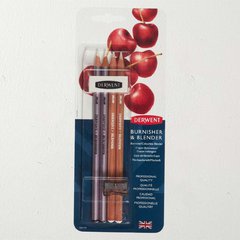
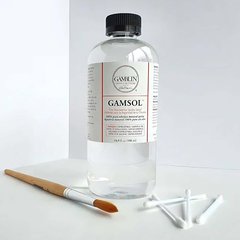
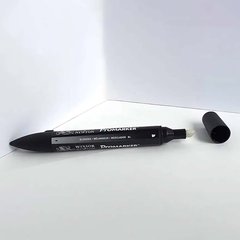
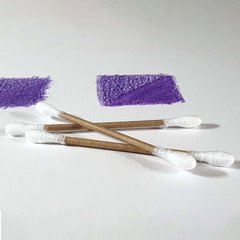
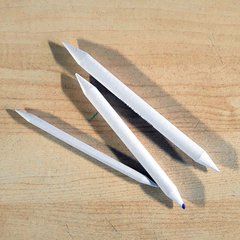
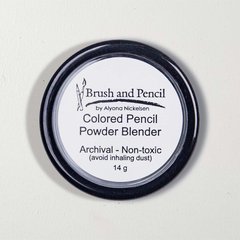
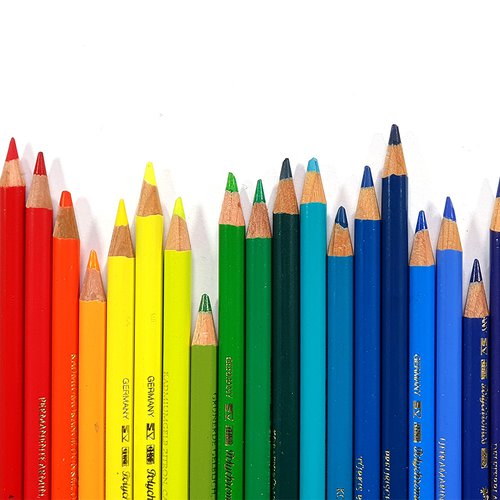
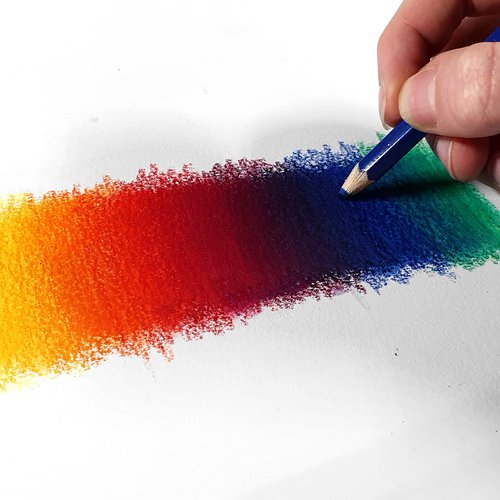
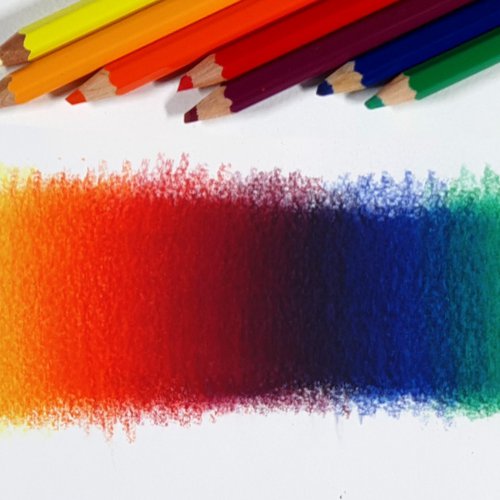
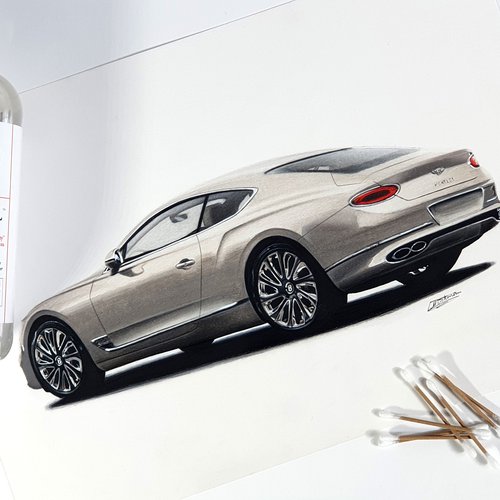
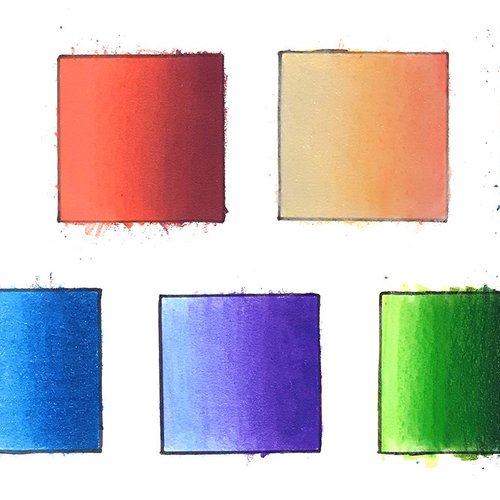

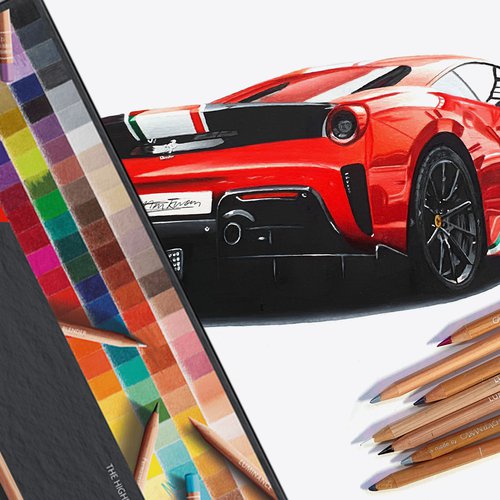

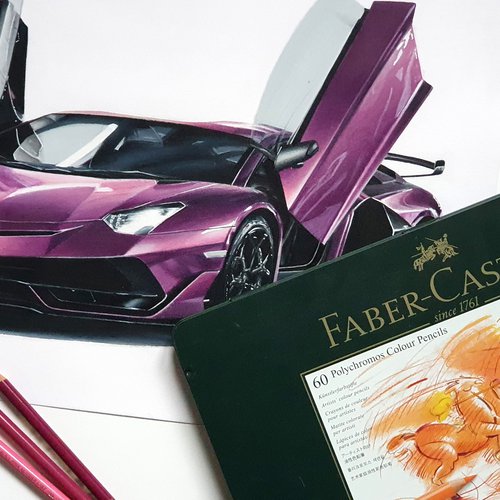


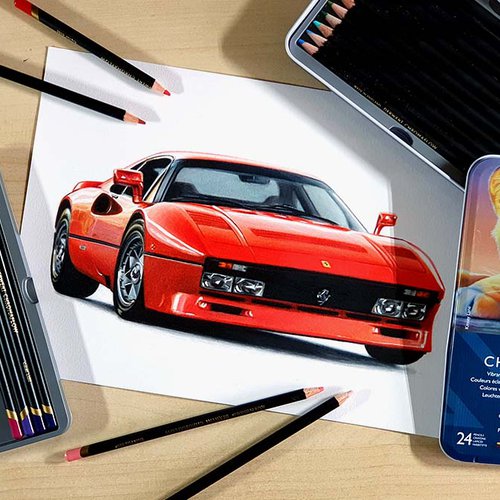




Add a comment
Comments
Your generosity in providing information and advice is much appreciated. Consider writing a book on the subject (or simply gather your articles in book form). I bet you could buy your dream cars with the sales proceeds!